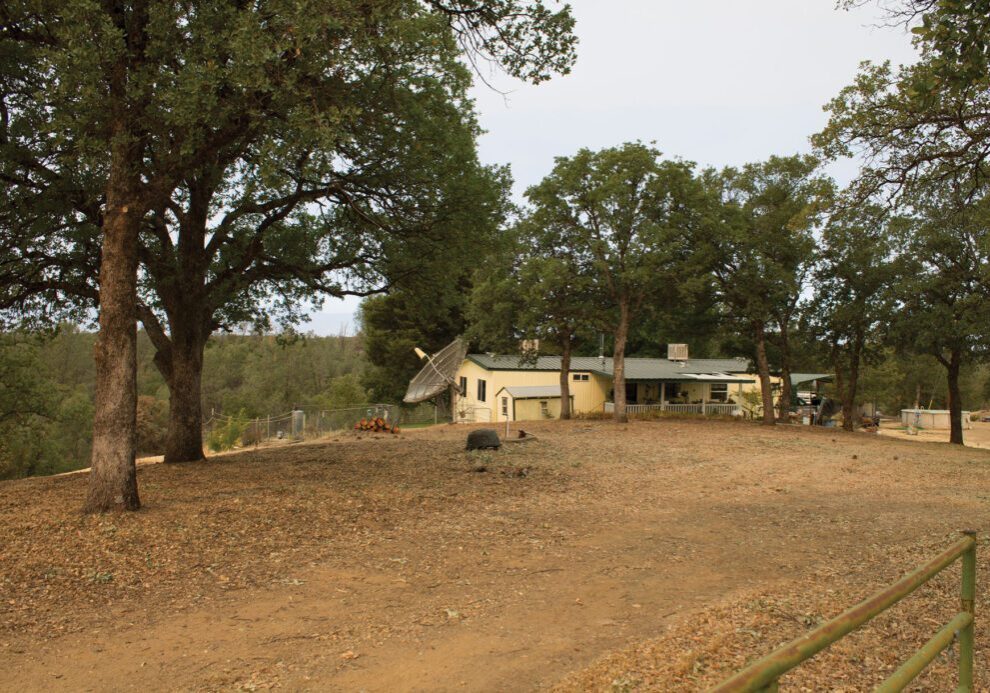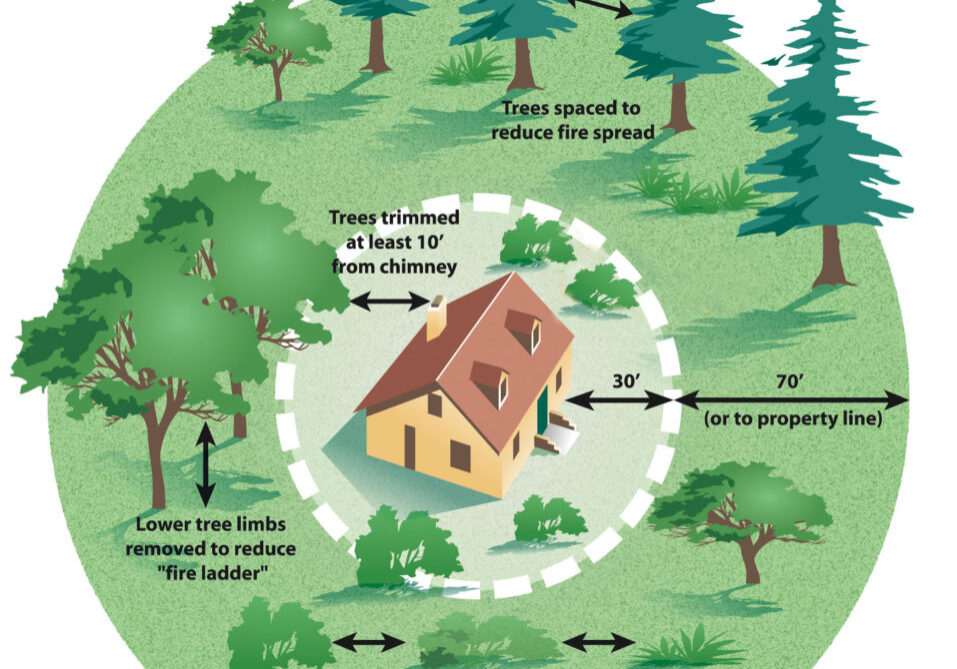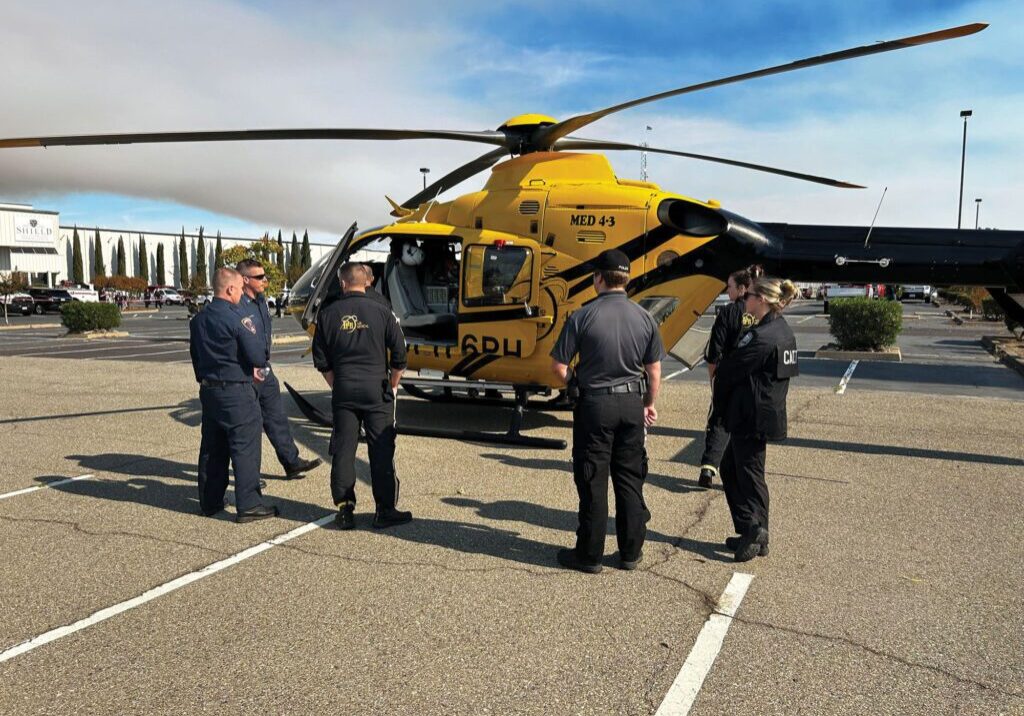We are living in a time of record-breaking temperatures and extreme weather events causing havoc, such as floods, hurricanes and other storms, tornadoes and wildfires. Coming face to face with one of these emergencies can be stressful for the whole family. Plus, we never know when disaster will strike and many of these types of events don’t come with ample warning. Fortunately, there are steps you can take to prepare your family to stay both safe and calm during a treacherous weather emergency.
Create an emergency evacuation plan
An emergency evacuation plan is a detailed guide that outlines all the steps family members need to take to exit any room in the house, leave the area and arrive at a safe location to stay together. Having a well-thought-out plan can minimize fear, chaos, confusion, injury and damage during an emergency.
Emergency evacuation plans typically include the following:
- Floor plan of the home indicating exits, escape routes and where to shelter in place
- Ways to receive emergency alerts and warnings
- Safe meeting place for all family members
- List of community shelter locations
- Evacuation routes
- Family communication plan
- Home inventory for insurance purposes
- List of items for the emergency preparedness kit
- Plan for pets: many shelters and hotels don’t allow pets, so make sure your destination is pet-friendly by checking resources like Petswelcome.com, or have a list of shelters and locations near you that will accept pets in an emergency. For instance, Rescue Ranch is the official pet shelter for dogs of fire evacuees in the Sisikiyou County area.
While it may be convenient to save the evacuation plan on your computer or phone, it’s a good idea to also print it out since technology may not be accessible during a major weather event. Prepare a laminated checklist, map of home exits and evacuation routes and key contact information to store in several rooms throughout the home and in your vehicles. You can find home evacuation plan templates at Ready.gov and American Red Cross redcross.org.
What belongs in an emergency preparedness kit
Having an emergency evacuation kit or bag ready-to-go is a critical part of a successful evacuation plan. Include enough essentials to last at least one week per family member in case the power goes out. Store items in airtight plastic bags and place all disaster supplies in an easy-to-carry container, such as a plastic bin, duffel bag or suitcase.
Include the following items:
- Water (1 gallon per person per day)
- Non-perishable food
- Battery-powered or hand crank radio
- Flashlight
- First-aid kit
- Extra batteries
- Whistle
- Face masks
- Thick leather gloves, for removing debris in an emergency situation
- Plastic sheeting and duct tape
- Pocketknife or hunting knife for cutting plastic sheeting, etc.
- Toilet paper and paper towels
- Mylar thermal emergency blankets
- Moist towelettes, garbage bags and plastic ties
- Wrench or pliers
- Manual can opener
- Maps of the local area
- Cellphone charger and a backup battery
- Soap, hand sanitizer and disinfecting wipes
- Medications including pain relievers, anti-diarrhea medication and antacids
- Cash or traveler’s checks
- Important family documents: insurance policies, identification and bank account records saved electronically and printed out in a waterproof bag or container. If you don’t access your financial accounts on your phone, print out and save computer passwords for important financial accounts and store them in a secure way, in case you have to use a different computer in another location to access your accounts.
- Sleeping bag or warm blanket for each person
- Clothing
- Fire extinguisher
- Matches
- Personal hygiene items
- Mess kits, paper cups, plates, paper towels and plastic utensils
- Paper and pencil
- Books, games, puzzles and other activities for children
Practice your emergency evacuation plan
Reviewing and practicing your emergency evacuation plan as a family is key to staying prepared and safe. Running through it lets all family members become familiar with what they need to do during in an emergency. American Red Cross recommends practicing your plan twice a year.
Work together to choose a safe meeting place with which everyone is comfortable and familiar. Decide on a single location but have a backup one as well. Some suggested meeting points include the end of the driveway, an intersection, a neighbor’s house or a local school or restaurant within walking distance.
Hold practice drills that allow everyone to refer to the floor plan and head to the actual safe destination. Walk through the steps of grabbing your emergency kit and pets and following your evacuation route. Make it fun by picking different scenarios out of a hat and keeping a timer. Kids love a good race!
Help children manage emotions during an emergency
News about large storms and other weather events can be scary to children, so it’s important to keep everyone calm during a weather emergency. Consider the following tips to ease the stress:
- Make learning about extreme weather and climate change fun for your kids–read books, attend science education events and visit museum exhibits.
- Avoid watching excessive television coverage before and during the storm, since the dramatic, intense images can upset children.
- Keep to routines so children feel as comfortable as possible.
- Reassure and console children so they feel loved and protected no matter what happens. Let them know they can talk openly about their feelings with you.
- Keep an eye out for changes in behavior like sleeping patterns or eating habits that indicate they may be anxious or depressed. Seek professional help if needed.
Community resources to learn more
Every city or county has a disaster emergency management agency. Get in touch with your local jurisdiction and visit their website to learn your evacuation zone and other details. See the sidebar for emergency management contact info in your county. DisasterAssistance.gov is also a good place to start.
North State Emergency Management Agencies
Butte County Emergency Management Agency
buttecounty.net/731/Emergency-Management
(540)552-3333
Glenn County Office of Emergency Services
countyofglenn.net/government/departments/sheriff/office-emergency-services
(530)934-6641
Shasta County Office of Emergency Services
shastacounty.gov/sheriff/page/office-emergency-services
(530)245-6000
Siskiyou County Office of Emergency Services
co.siskiyou.ca.us/emergencyservices
(530)841-2166
Tehama County Office of Emergency Services
tehamaso.org/county-oes-info/
(530) 529-7988
Posted in: Safety
Comment Policy: All viewpoints are welcome, but comments should remain relevant. Personal attacks, profanity, and aggressive behavior are not allowed. No spam, advertising, or promoting of products/services. Please, only use your real name and limit the amount of links submitted in your comment.








